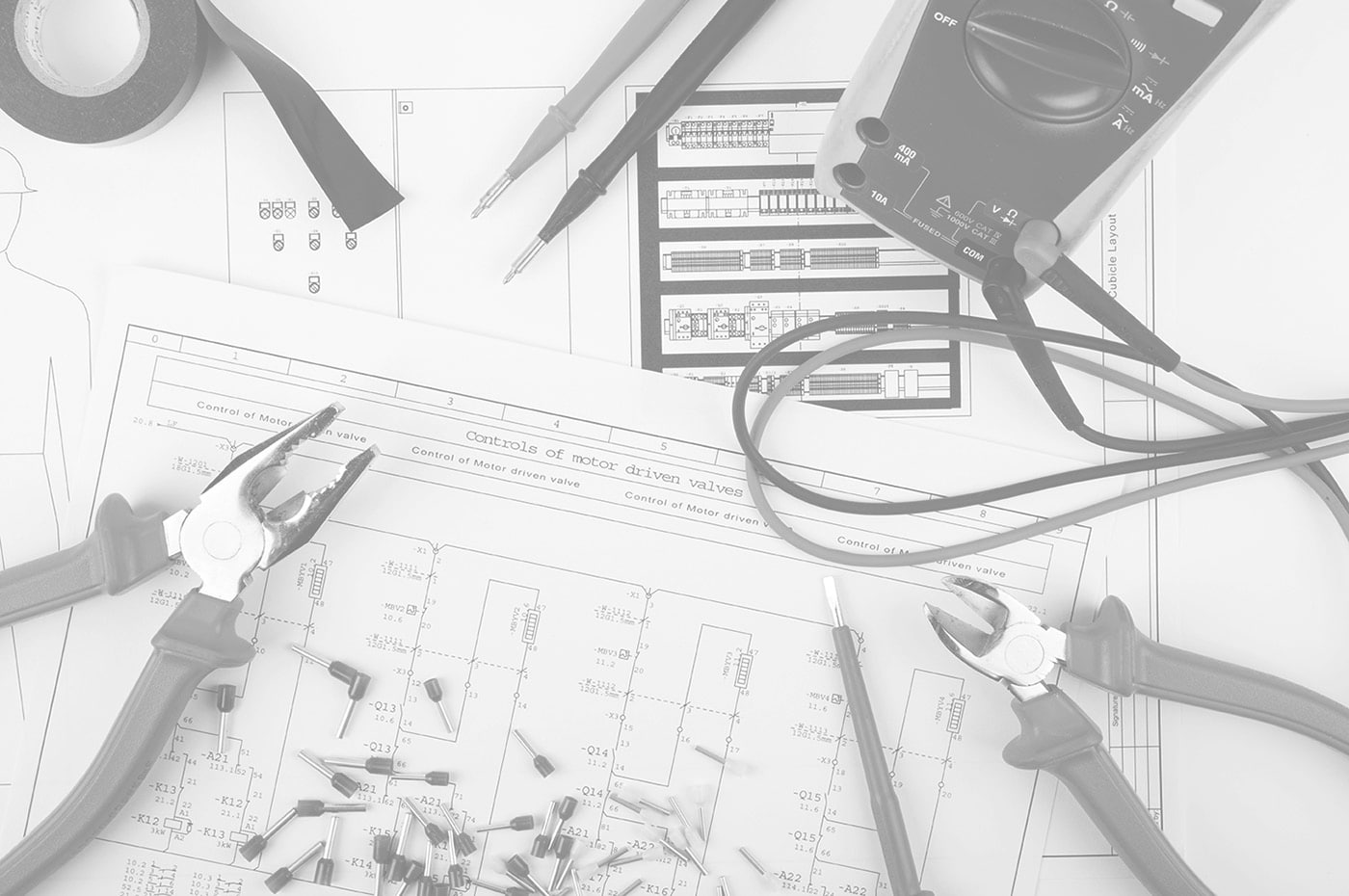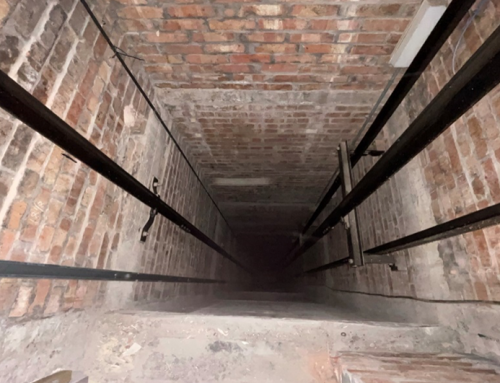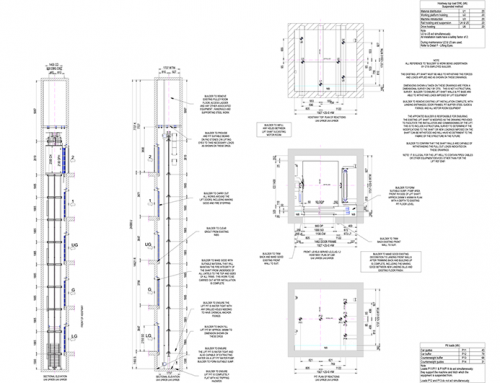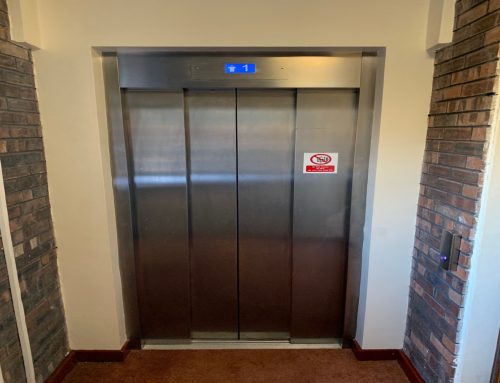Project Description
Whether you are designing or building a lift for commercial or private use, you carry responsibility for the safety of individuals using the lift, as specified in the Lifts Regulations 1997 document. You can read the full summery of regulations here, but in short there are a few rules that you must ensure are complied with when working with the design, building or installation of a commercial lift:
- Hazard analysis must be carried out
- Sufficient space and maximum weight must be taken into consideration
- Machinery for lifts that are intended for the transport of people must not be accessible to the public except for in emergencies.
- Weight capacity and maximum number of people must be clearly signposted, with a process in place for when the weight limit is exceeded
- An appropriate instruction booklet must be created to coincide with lift maintenance
- CE markings must be given to all lifts.
- Lifts must be constructed to safety standards
Not following safety regulations could result in a fine or imprisonment, so it is extremely important to know the regulations that are in place.
You also need to ensure that people living with disabilities are taken into account. This refers to people with visual impairments or wheelchair reliance, for example. Here is a summery of what you need to consider to ensure that your lift meets the needs of disabled users:
- Control panels must be within easy reach for wheelchair users and be large enough for individuals with visual impairments to comprehend.
- You need to consider how long it will take someone in a wheelchair to maneuver into a lift, with no space restrictions once inside.
- There are space requirements regarding entrances and nett floors which can be seen on page 16 of the “Access and Facilities for Disabled People” document, which these considerations have been sourced from.
- If a lift for a wheelchair user is required, but does not warrant a passenger lift; then a wheelchair stairlift or a platform lift can also be used.
By following these simple guidelines, you can ensure the safe design and implementation of lifting equipment that corresponds with legal legislation, ensuring your reputation as well as the safety of the passengers that will be using your lifts.







